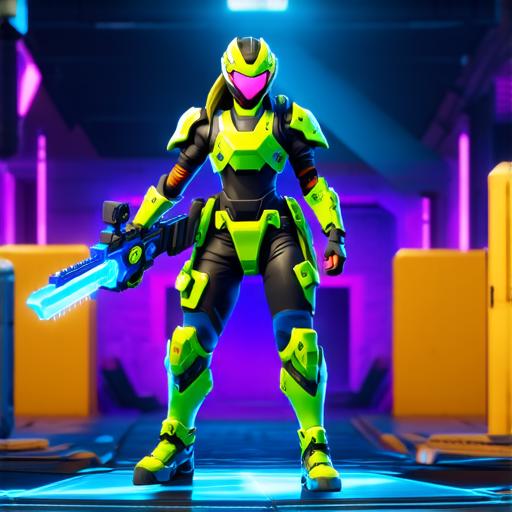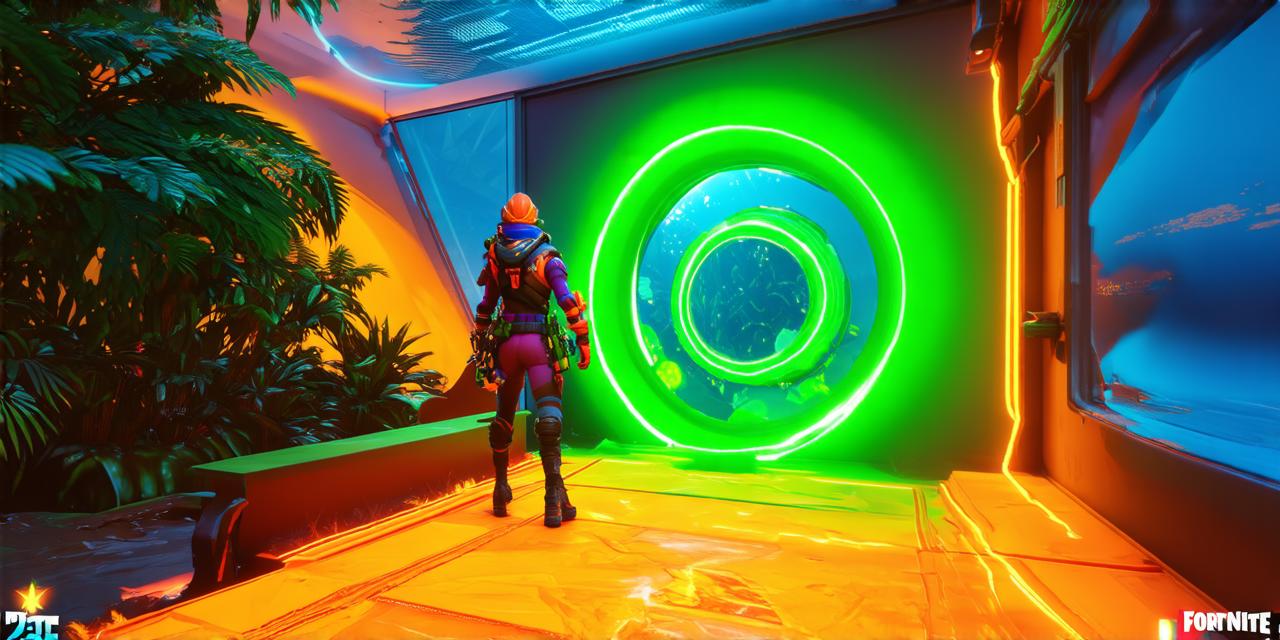Fortnite: A Brief Overview
Fortnite was first released in 2017 by Epic Games and has since become one of the most popular multiplayer games in the world, with millions of active players worldwide. The game is set in a post-apocalyptic world where players must scavenge for resources, build structures, and fight off other players to be the last person standing. Fortnite offers various modes, including battle royale, creative, and save the world, each with its own unique gameplay mechanics and features.
Features of Fortnite that could be considered metaverse-like
-
Persistent Virtual World: Fortnite’s virtual world is persistent, meaning players can return to the same location at any time and find it just as they left it. This feature allows for a sense of continuity and familiarity with the game’s environment, which is a hallmark of metaverse worlds.
-
Social Interaction: Fortnite offers various social features that allow players to interact with each other, such as in-game voice chat, text messaging, and emotes. These interactions create a sense of community within the game, which is another characteristic of a metaverse.
-
Customization: Fortnite allows players to customize their avatars, outfits, and structures, giving them a sense of ownership and control over their virtual environment. This level of customization is also a feature of metaverse worlds, where users can create and shape their own unique experiences.
-
Cross-Platform Play: Fortnite supports cross-platform play, meaning players on different devices (such as consoles, PCs, and mobile) can play together. This feature allows for a more inclusive and diverse player base, which is important in metaverse worlds where users from different backgrounds and cultures can interact.
Is Fortnite truly a metaverse?
While Fortnite does have some features that could be considered metaverse-like, it is important to note that it is not a fully realized metaverse. A true metaverse would require a more complex and immersive virtual world, with more advanced social interaction, customization, and persistence. Additionally, a true metaverse would need to be governed by a set of rules and regulations, as well as have a clear economic model and governance structure in place.

Fortnite’s limitations as a metaverse
-
Limited Persistence: While Fortnite’s virtual world is persistent, it is not truly immersive or fully realized. Players can still log out of the game and return to the real world, which limits the sense of continuity and permanence that is required for a true metaverse.
-
Lack of Advanced Social Interaction: While Fortnite does offer some social features, it is not yet at the level of advanced interaction that is necessary for a full-fledged metaverse. For example, there is no in-game economy or currency, and players cannot create their own content or govern their own virtual communities.
-
Limited Customization: While Fortnite does allow for some customization, it is not yet at the level of advanced creativity and innovation that is necessary for a true metaverse. Players cannot create their own unique worlds or experiences, and there are limitations on what can be built or created within the game.
Summary
While Fortnite does have some features that could be considered metaverse-like, it is not yet a fully realized metaverse. A true metaverse would require a more complex and immersive virtual world, with advanced social interaction, customization, persistence, and governance structures in place. While Fortnite is a popular and engaging game, its limitations as a metaverse highlight the challenges and opportunities that lie ahead for this emerging technology.
